Spice Up Your Health: Which Country Really Eats the Healthiest?
When it comes to healthy eating, you might think of kale smoothies and low-fat diets. But what if the real secret lies in spices? From fiery curries to zesty salsas, different cultures around the globe have been using spices not just to flavor their food, but also to boost health for centuries.
In this post, we’ll explore which country truly eats the healthiest, how spices play a starring role in those diets, and why your spice rack might be the key to better health.
Table of Contents
- Introduction
- Mediterranean Diet: The Gold Standard?
- India: Where Spices Are Medicine
- Japan: Simplicity Meets Longevity
- Mexico: Healthy Doesn’t Mean Bland
- Nordic Cuisine: Cold Climates, Hot Health Benefits
- Spice Comparison Table
- 5 Practical Tips to Spice Up Your Diet (Healthily)
- Conclusion
Mediterranean Diet: The Gold Standard?
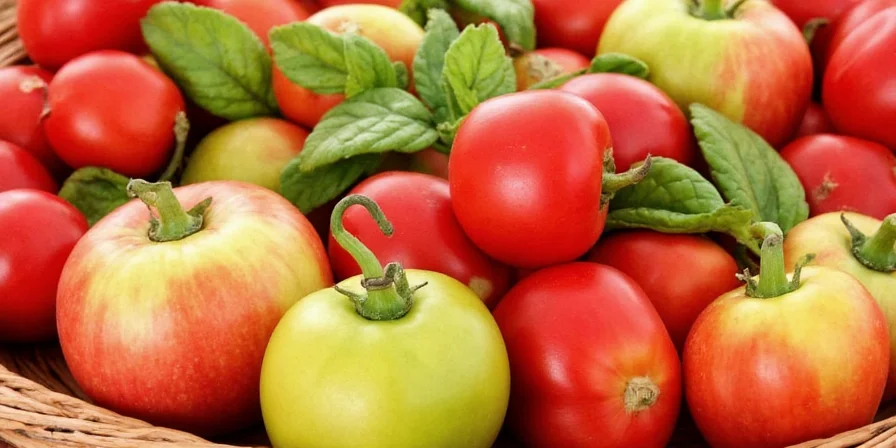
The Mediterranean diet is often hailed as one of the healthiest in the world. Countries like Greece, Italy, and Spain rely on olive oil, fresh vegetables, whole grains, legumes, and moderate amounts of fish and lean meats.
Key Spices & Herbs:
- Oregano – antioxidant-rich and anti-inflammatory
- Rosemary – may improve memory and brain function
- Basil – contains essential oils that can help fight inflammation
- Parsley – rich in vitamin C and K
These herbs are not only used for taste but also for their medicinal properties. For example, oregano has been shown to have antibacterial effects, which could explain why Mediterranean populations tend to have lower rates of chronic diseases.
India: Where Spices Are Medicine
If there’s one place where spices are practically worshipped, it’s India. Indian cuisine uses a wide variety of spices — from turmeric and cumin to cardamom and fenugreek — each known for its powerful health benefits.
Top Indian Super-Spices:
- Turmeric – contains curcumin, a potent anti-inflammatory and antioxidant
- Cumin – aids digestion and boosts iron absorption
- Fenugreek – helps control blood sugar and cholesterol levels
- Coriander – rich in antioxidants and supports liver detoxification
- Ginger – anti-nausea, anti-inflammatory, and immune-boosting
Studies suggest that the regular consumption of these spices contributes significantly to India's traditional longevity and disease resistance — despite high rates of poverty and other health challenges.
Japan: Simplicity Meets Longevity
Japan consistently ranks among the top countries for life expectancy and low rates of heart disease and obesity. While Japanese food doesn't always use strong spices, it relies heavily on natural flavors and functional ingredients like ginger, wasabi, and seaweed.
Essential Flavor Boosters in Japanese Cuisine:
- Ginger – used in sushi and teas, known for digestive and anti-inflammatory properties
- Wasabi – antimicrobial and helps prevent bacterial growth in raw fish
- Miso – fermented soybean paste with probiotic benefits
- Shoga (Pickled Ginger) – aids digestion and cleanses the palate
Japans’ minimalist approach to seasoning actually enhances nutrient absorption and promotes mindful eating, making it a powerhouse for healthy living.
Mexico: Healthy Doesn’t Mean Bland
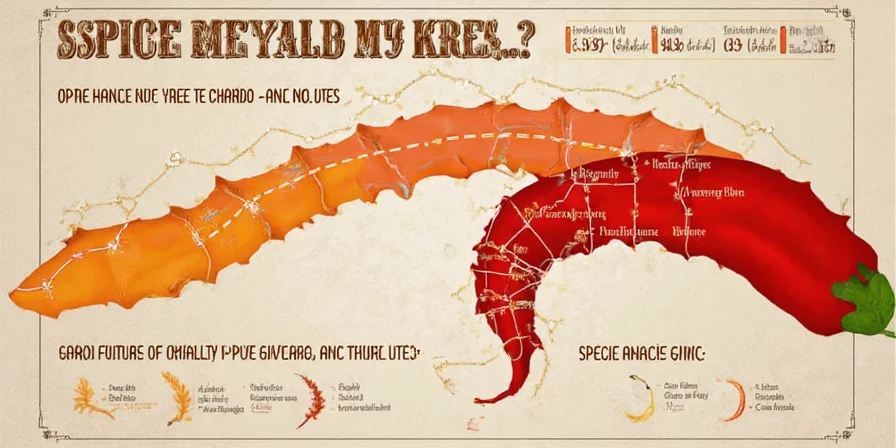
Mexican food gets a bad rap thanks to Tex-Mex chains, but authentic Mexican cuisine is packed with fresh veggies, beans, corn tortillas, and, yes, lots of spices.
Common Mexican Spices & Their Benefits:
- Chili Peppers – rich in capsaicin, which boosts metabolism and reduces pain
- Cumin – improves digestion and helps reduce flatulence in bean-heavy meals
- Cilantro – natural detoxifier and supports heavy metal removal
- Avocado – technically not a spice, but often used like one and loaded with good fats
Traditional dishes like pozole, mole, and salsas made with garlic and lime juice offer a perfect blend of nutrition and flavor without overloading on unhealthy fats or sugars.
Nordic Cuisine: Cold Climates, Hot Health Benefits
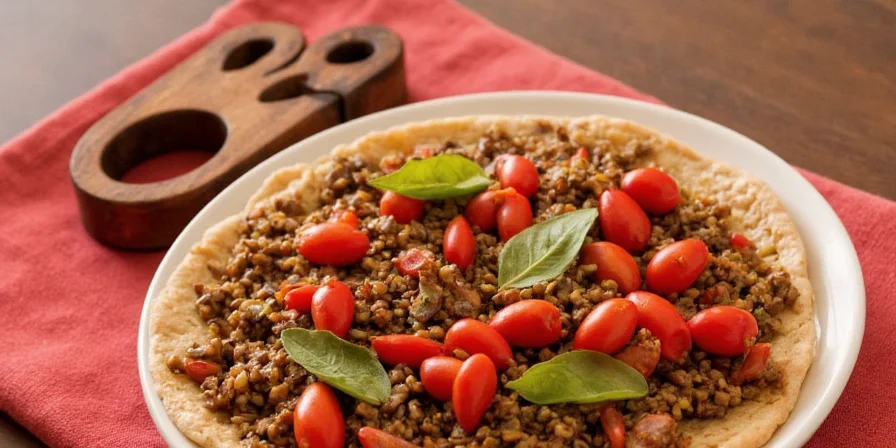
While Nordic food may not be the first thing that comes to mind when thinking about spices, Scandinavian countries like Sweden, Norway, and Denmark have quietly maintained one of the healthiest diets in the world.
Signature Nordic Flavors:
- Dill – rich in antioxidants and helps with digestive issues
- Fennel – anti-inflammatory and aids in digestion
- Allspice – contains eugenol, which has anti-inflammatory and antiseptic properties
- Mustard Seeds – often used in pickling and sauces, support heart health
With an emphasis on fatty fish (like herring and salmon), root vegetables, rye bread, and berries, the Nordic diet combines cold-weather staples with strategic spicing for both flavor and wellness.
Spice Comparison Table
| Spice/Herb | Country of Origin | Health Benefit | Best Used In |
|---|---|---|---|
| Turmeric | India | Anti-inflammatory, antioxidant | Curries, Golden Milk |
| Oregano | Mediterranean | Antibacterial, rich in fiber | Pasta, Pizza |
| Chili Pepper | Mexico | Metabolism booster, pain reducer | Salsas, Tacos |
| Ginger | Japan/China | Anti-nausea, immune boosting | Teas, Sushi |
| Dill | Nordic | Antioxidant, digestive aid | Pickles, Fish |
5 Practical Tips to Spice Up Your Diet (Healthily)
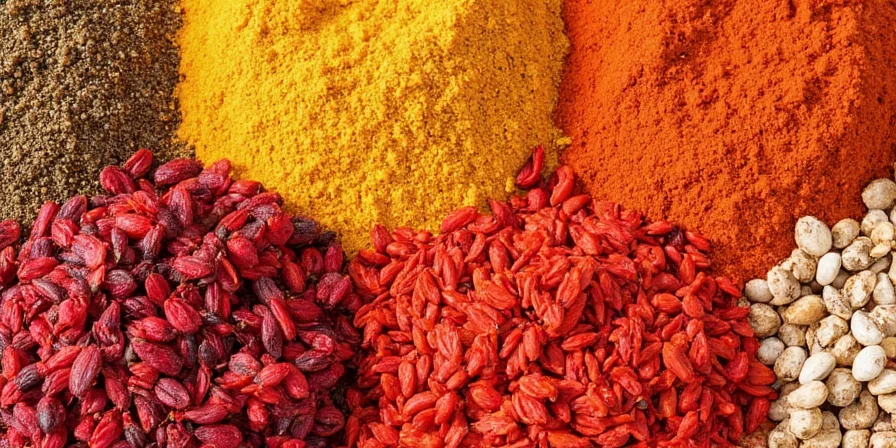
- Start with small amounts: A little goes a long way. Begin with a pinch and build up to find your perfect balance.
- Roast your spices: Dry-roasting whole spices before grinding enhances their flavor and aroma.
- Pair spices with healthy fats: Many fat-soluble compounds in spices (like curcumin in turmeric) need oil to be absorbed. Add a drizzle of olive or coconut oil!
- Make your own spice blends: Try DIY garam masala, za'atar, or chili powder to avoid preservatives and additives.
- Use fresh herbs too: Basil, cilantro, mint, and parsley add freshness and health benefits without any extra calories.
Conclusion
So, which country really eats the healthiest? It turns out there isn’t a single answer. Different cuisines offer unique nutritional profiles and health benefits, largely influenced by their choice of spices.
- If you're after anti-inflammatories and antioxidants, India's your spot.
- Looking for heart health and longevity? The Mediterranean or Japan might inspire you.
- Need a metabolism kickstart? Mexico’s got your back.
- Prefer simplicity and gut-friendly flavors? Go Nordic.
Ultimately, the healthiest diet is one that includes a diverse range of whole foods, minimal processing, and plenty of spices — each with their own healing power. So go ahead, experiment with global flavors, and let your taste buds (and body) thank you.
Remember: Life is too short for bland food — especially when every sprinkle brings a health benefit!

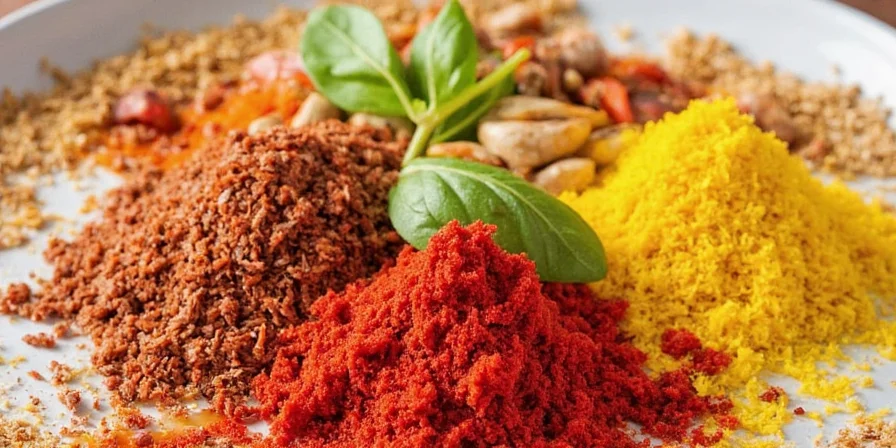









 浙公网安备
33010002000092号
浙公网安备
33010002000092号 浙B2-20120091-4
浙B2-20120091-4